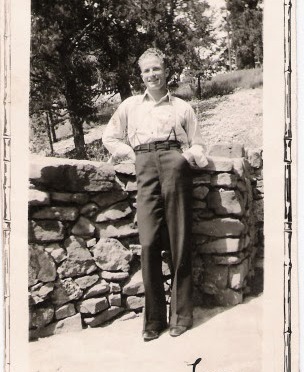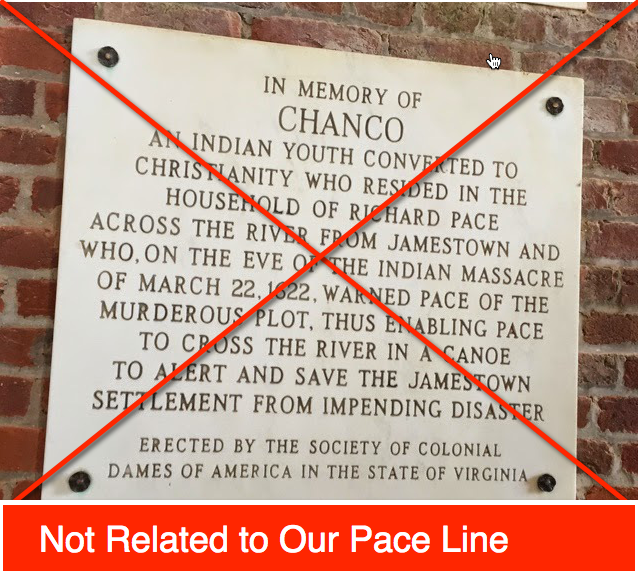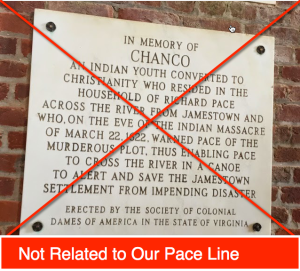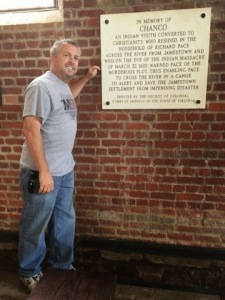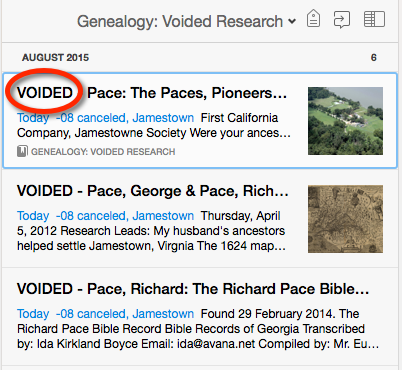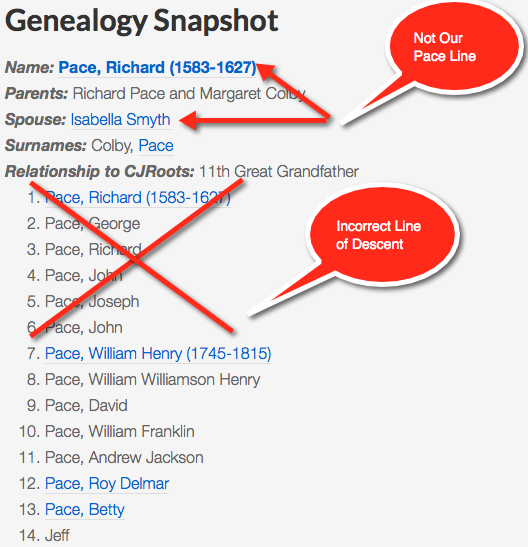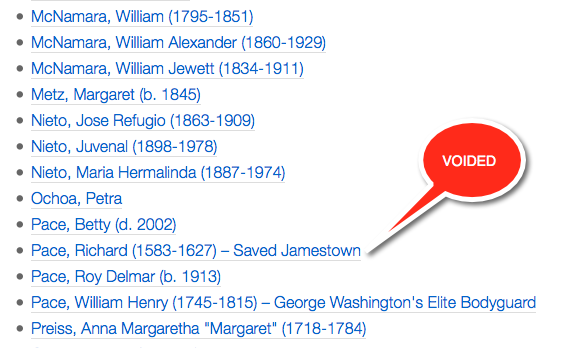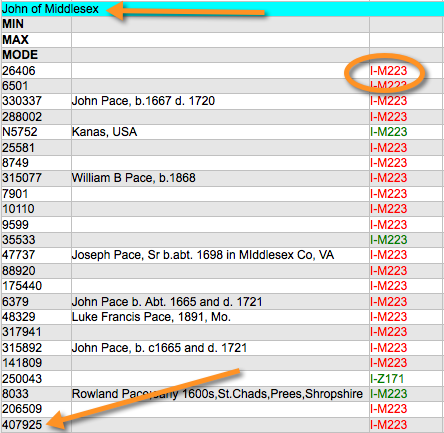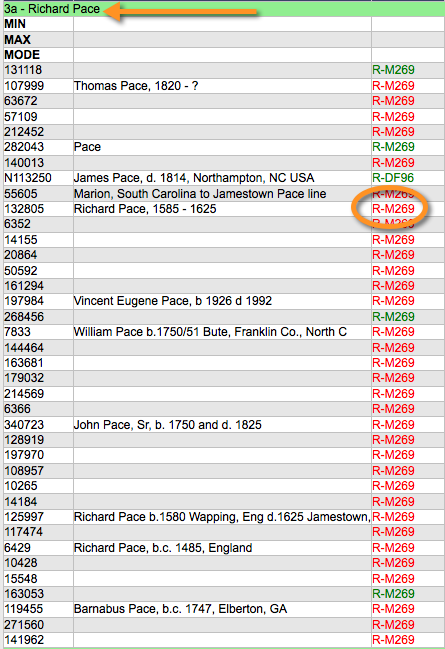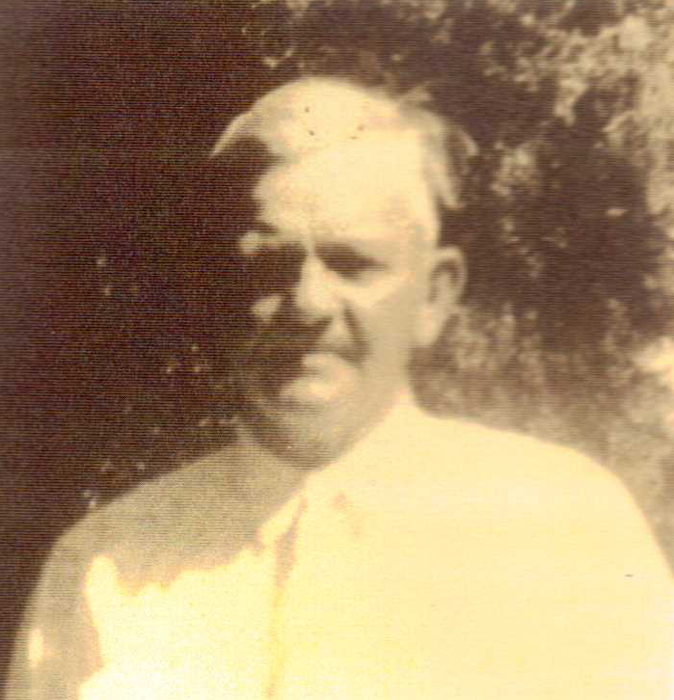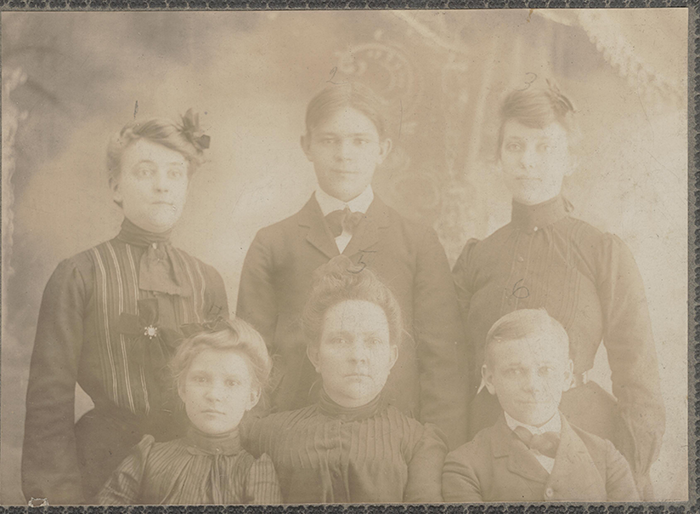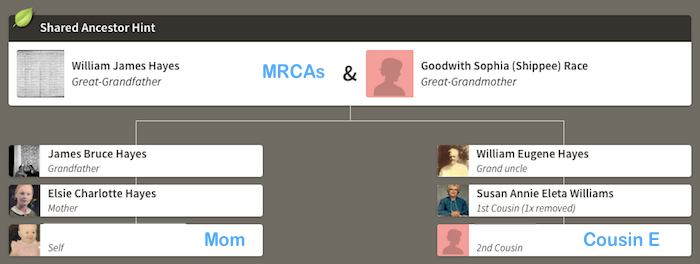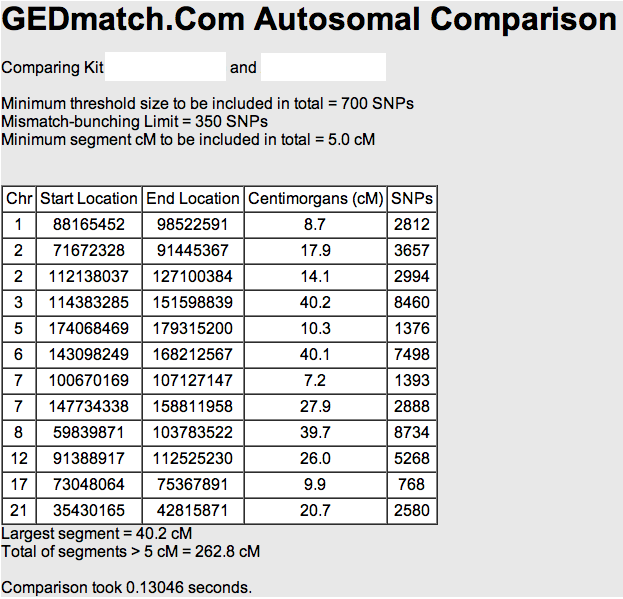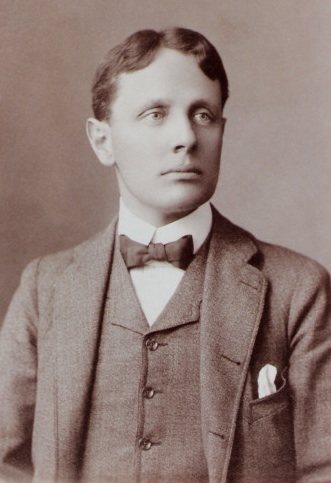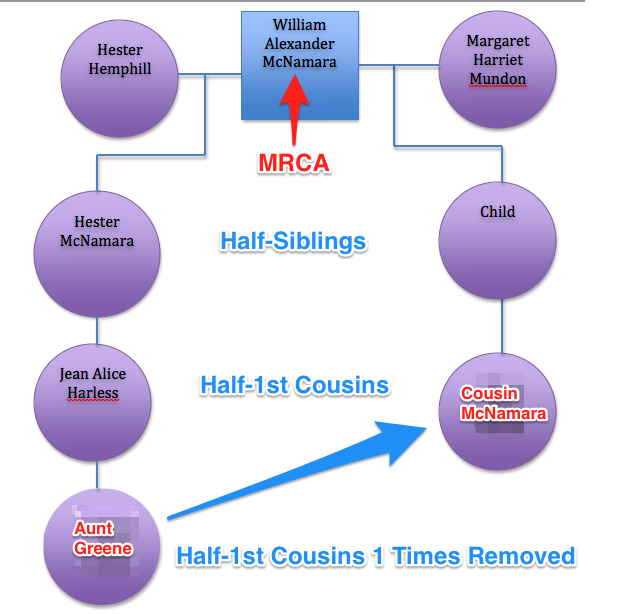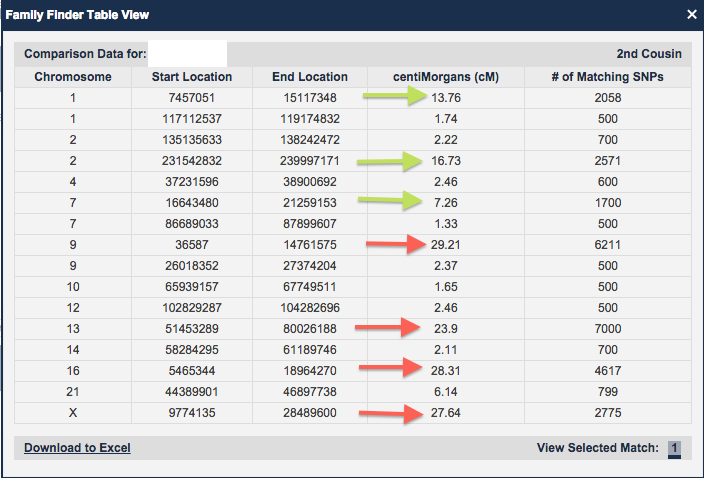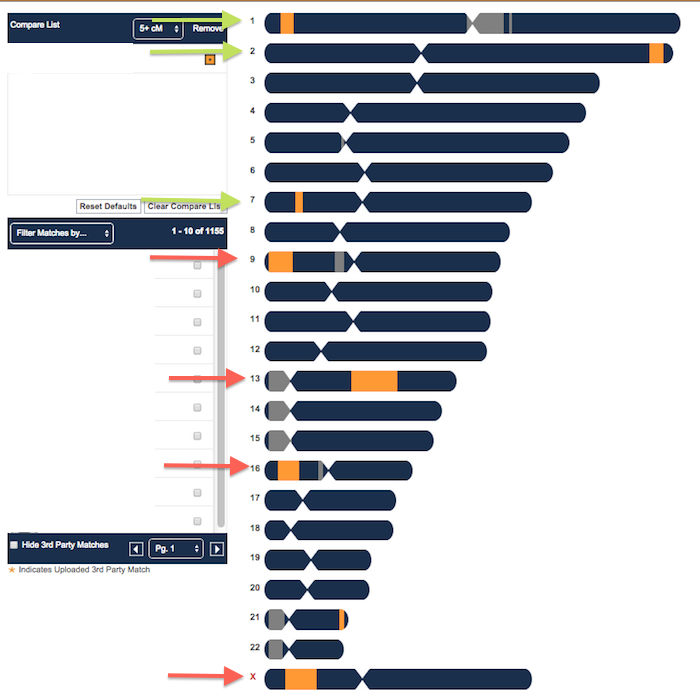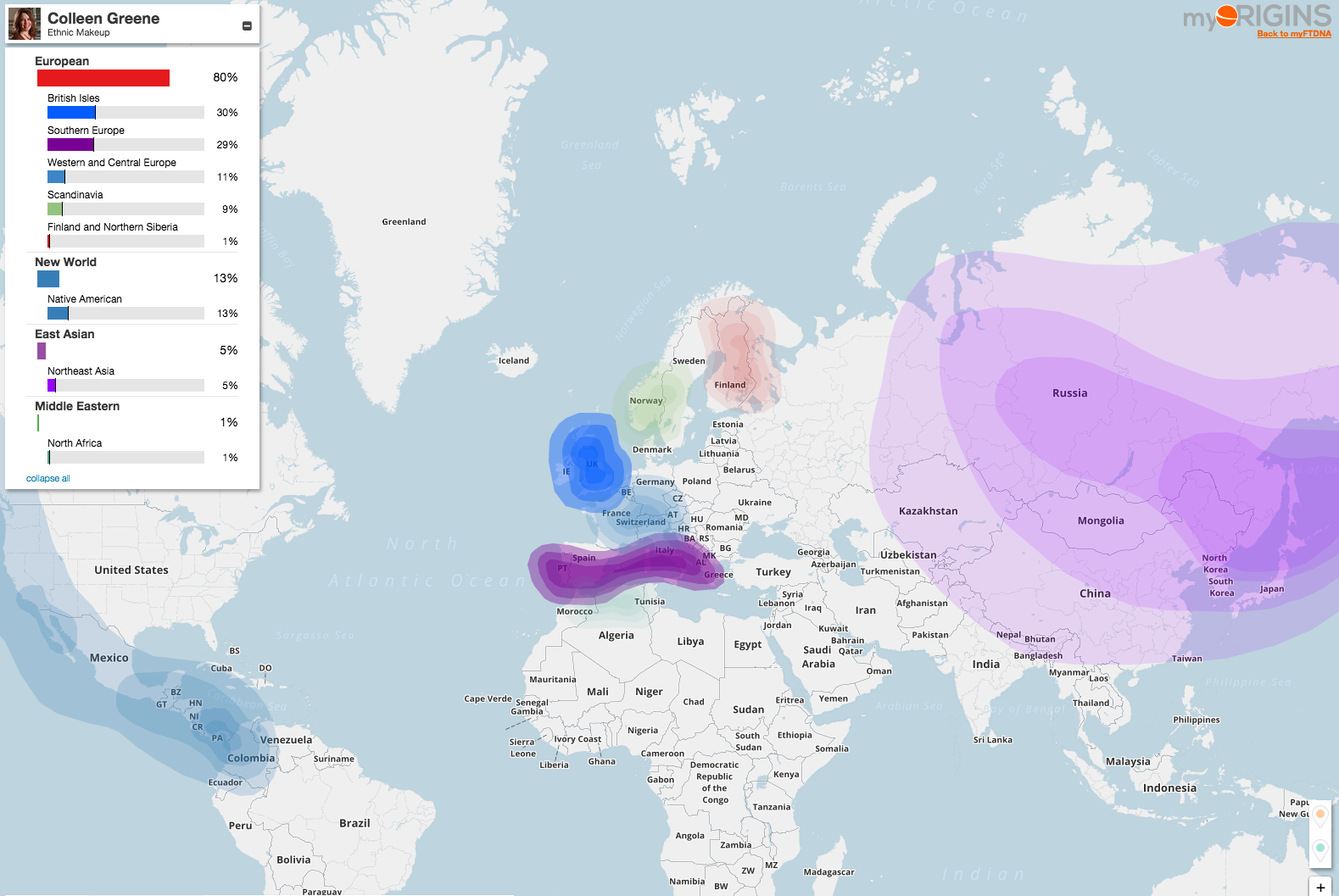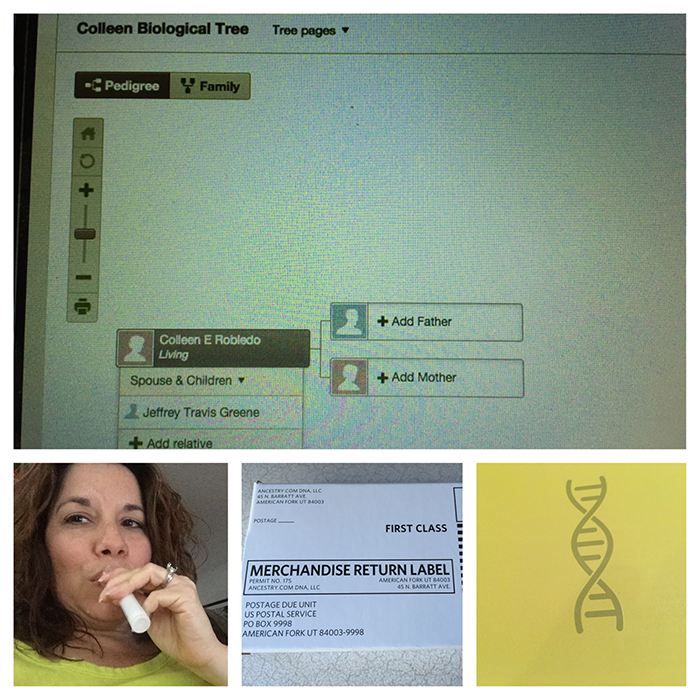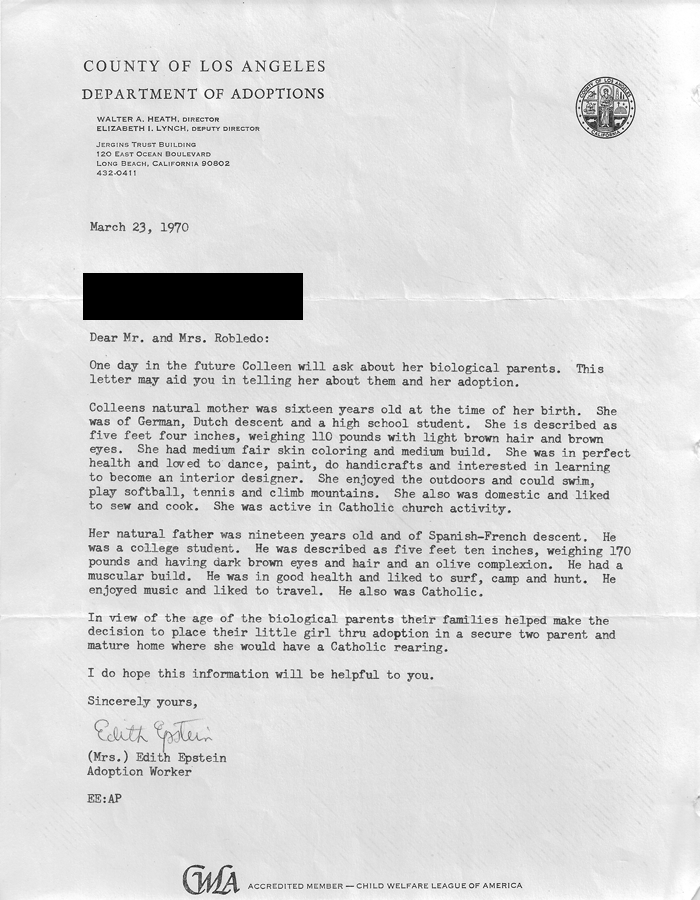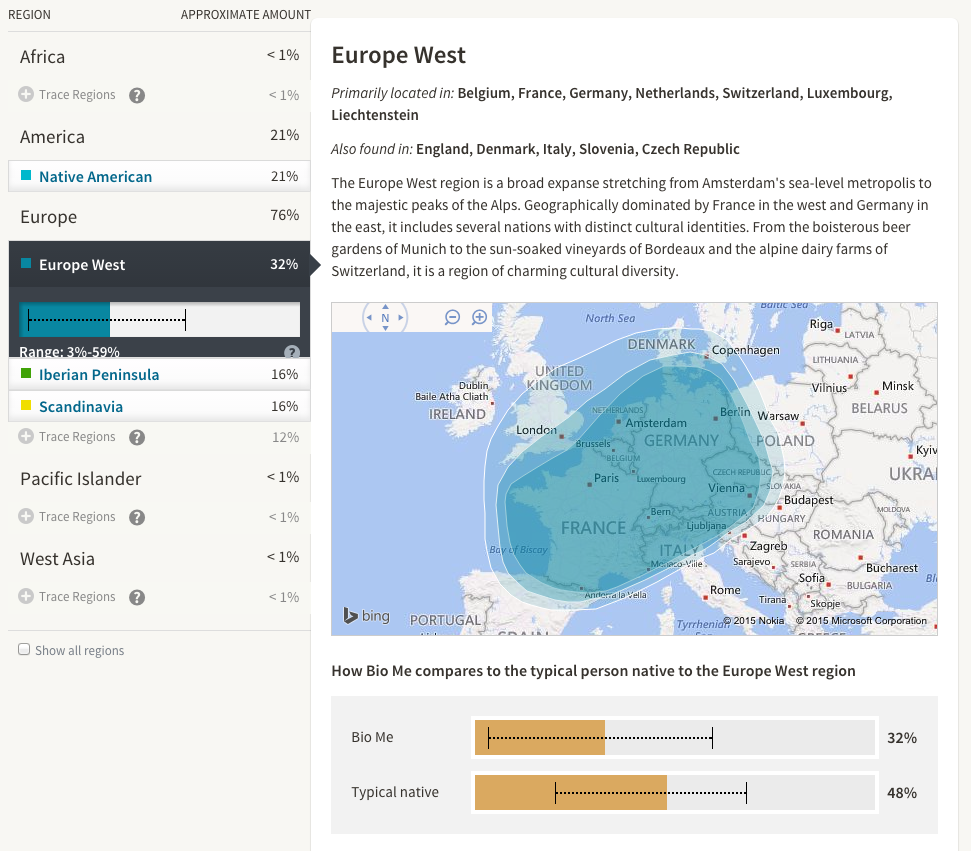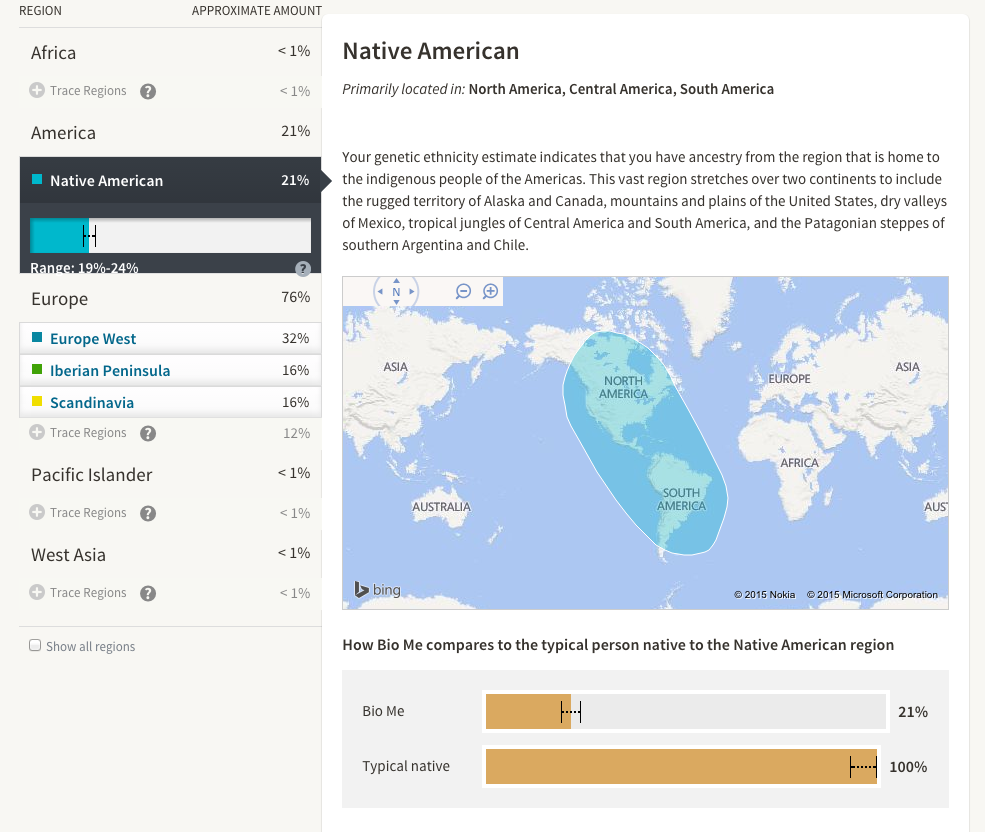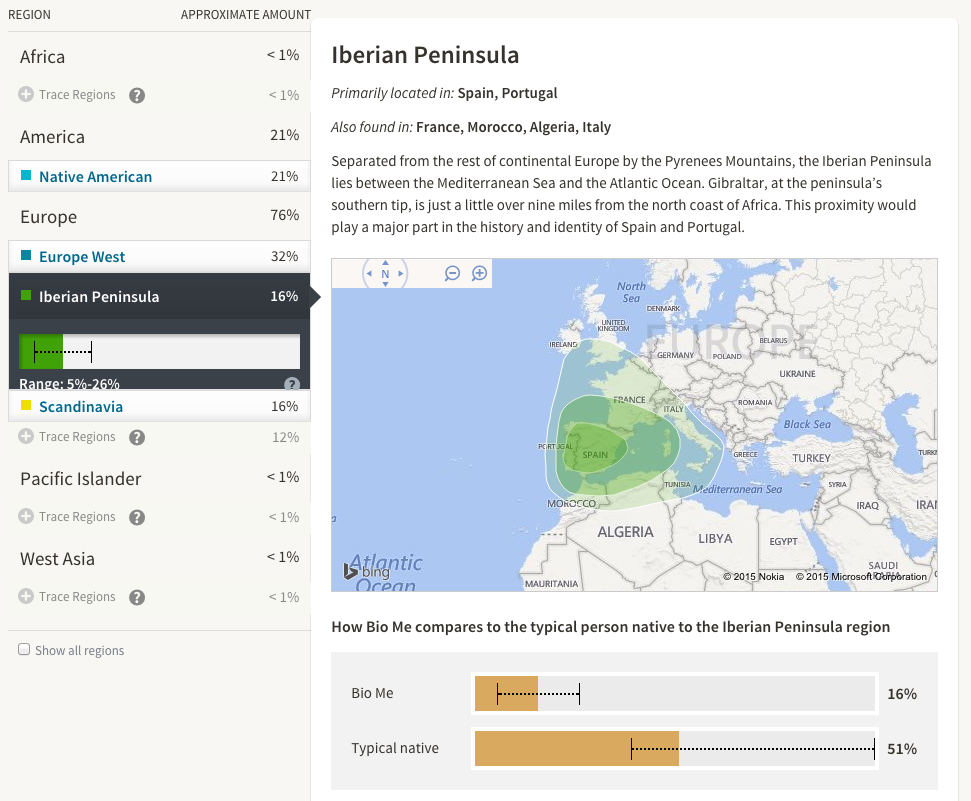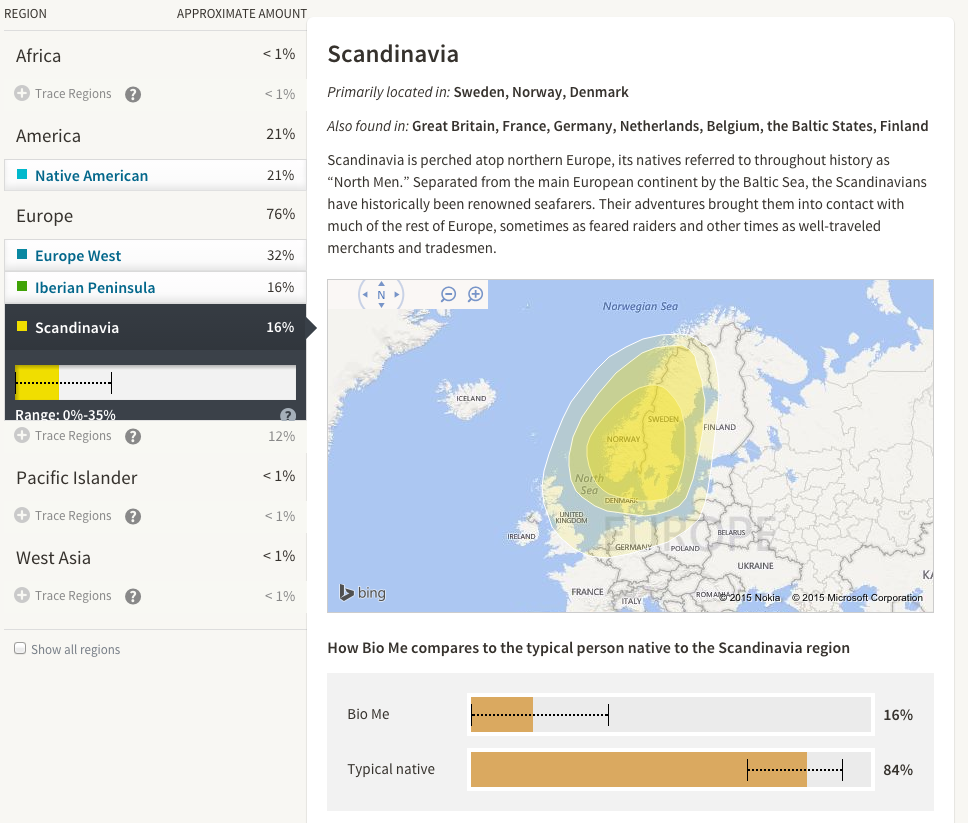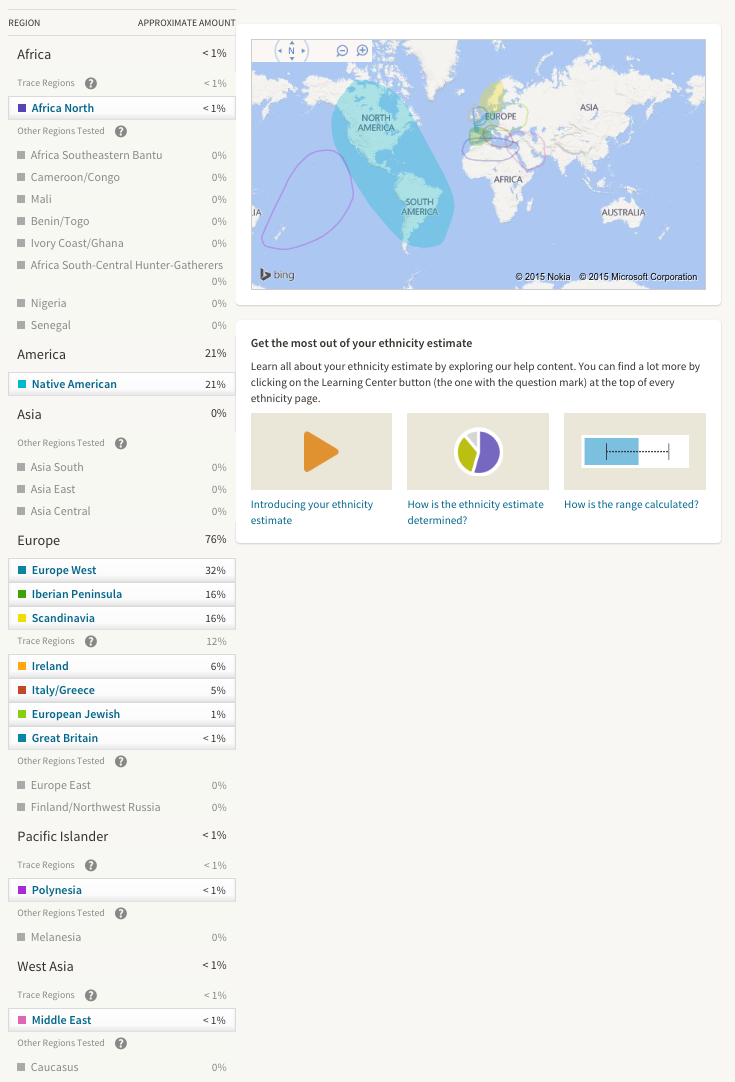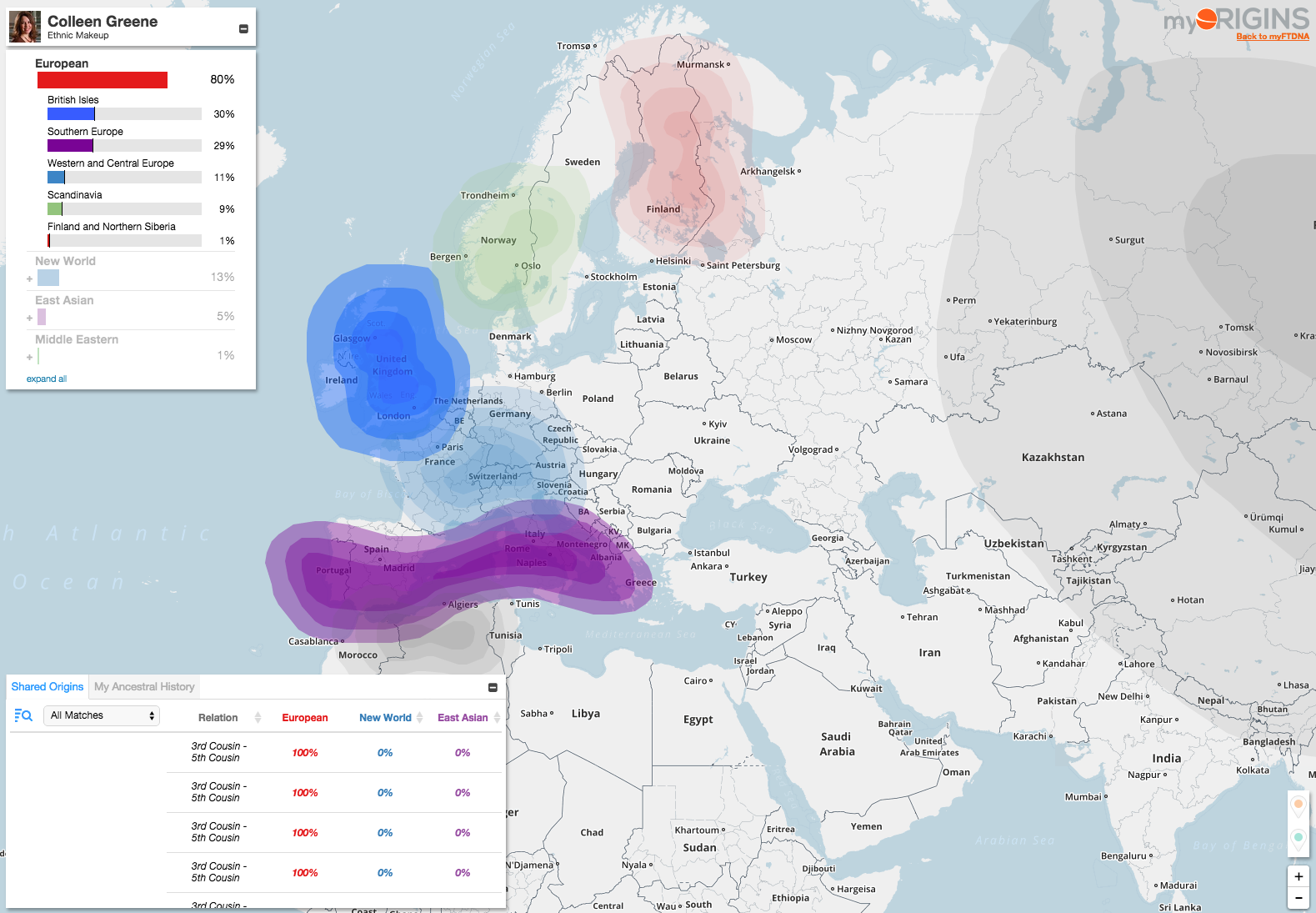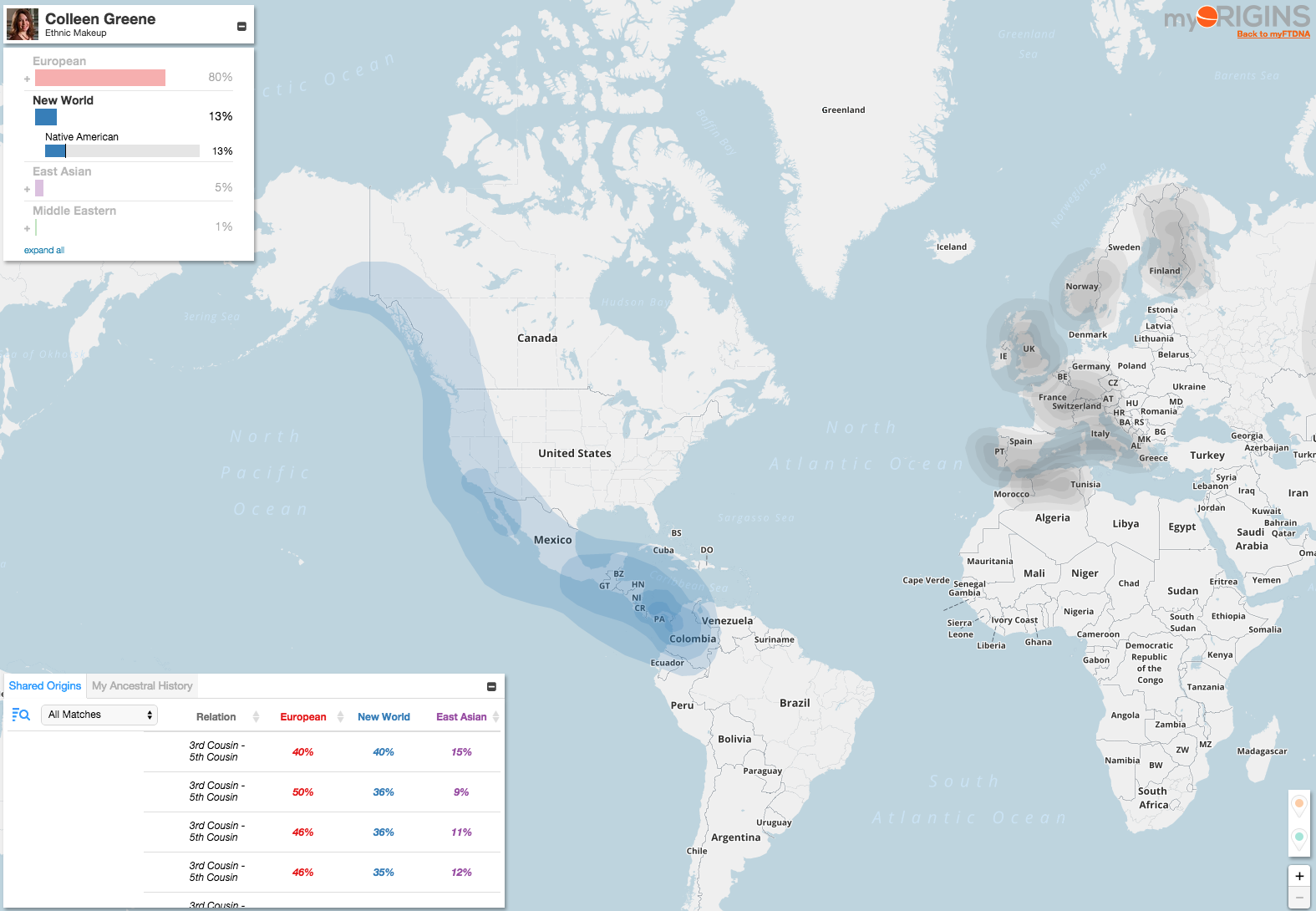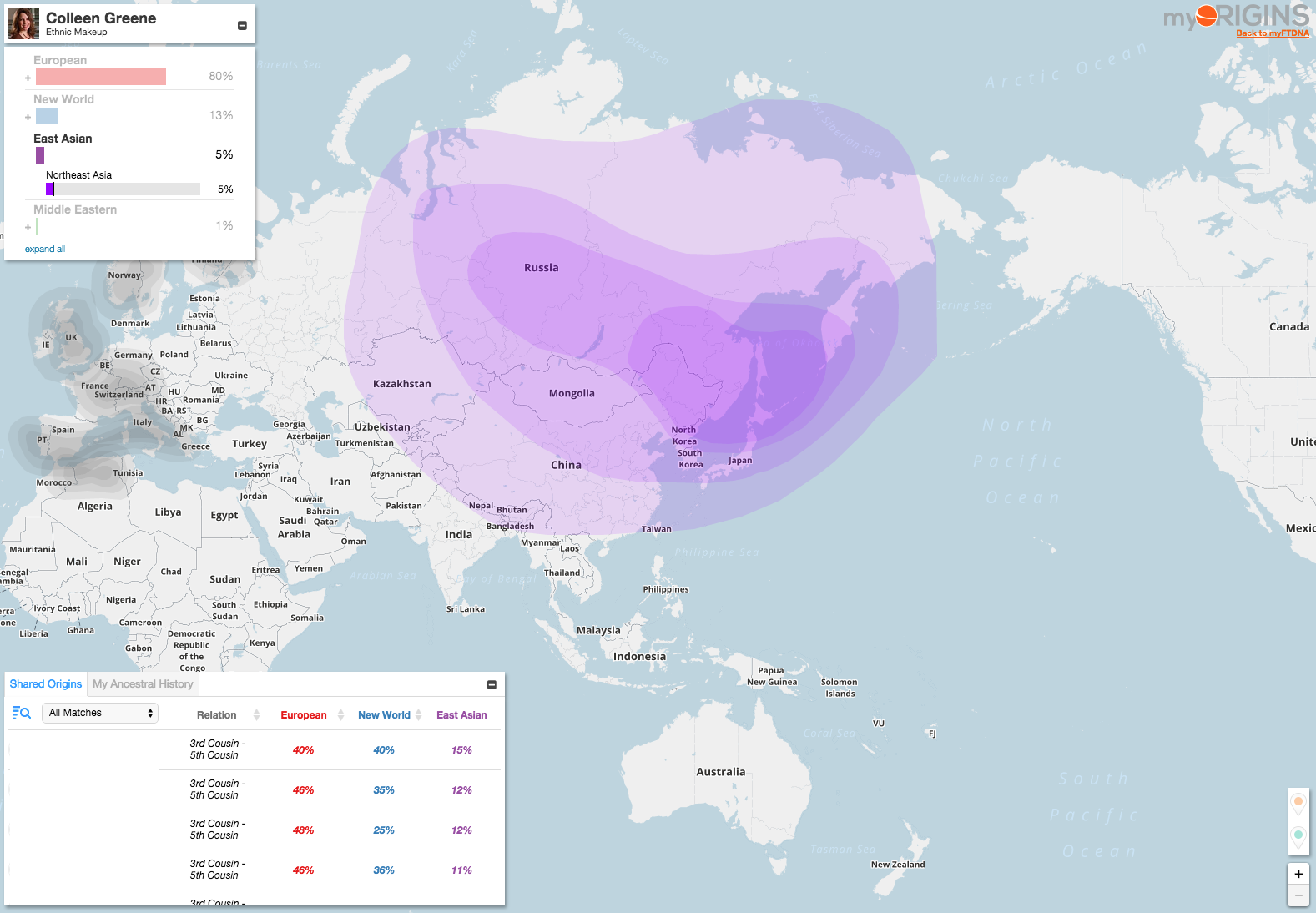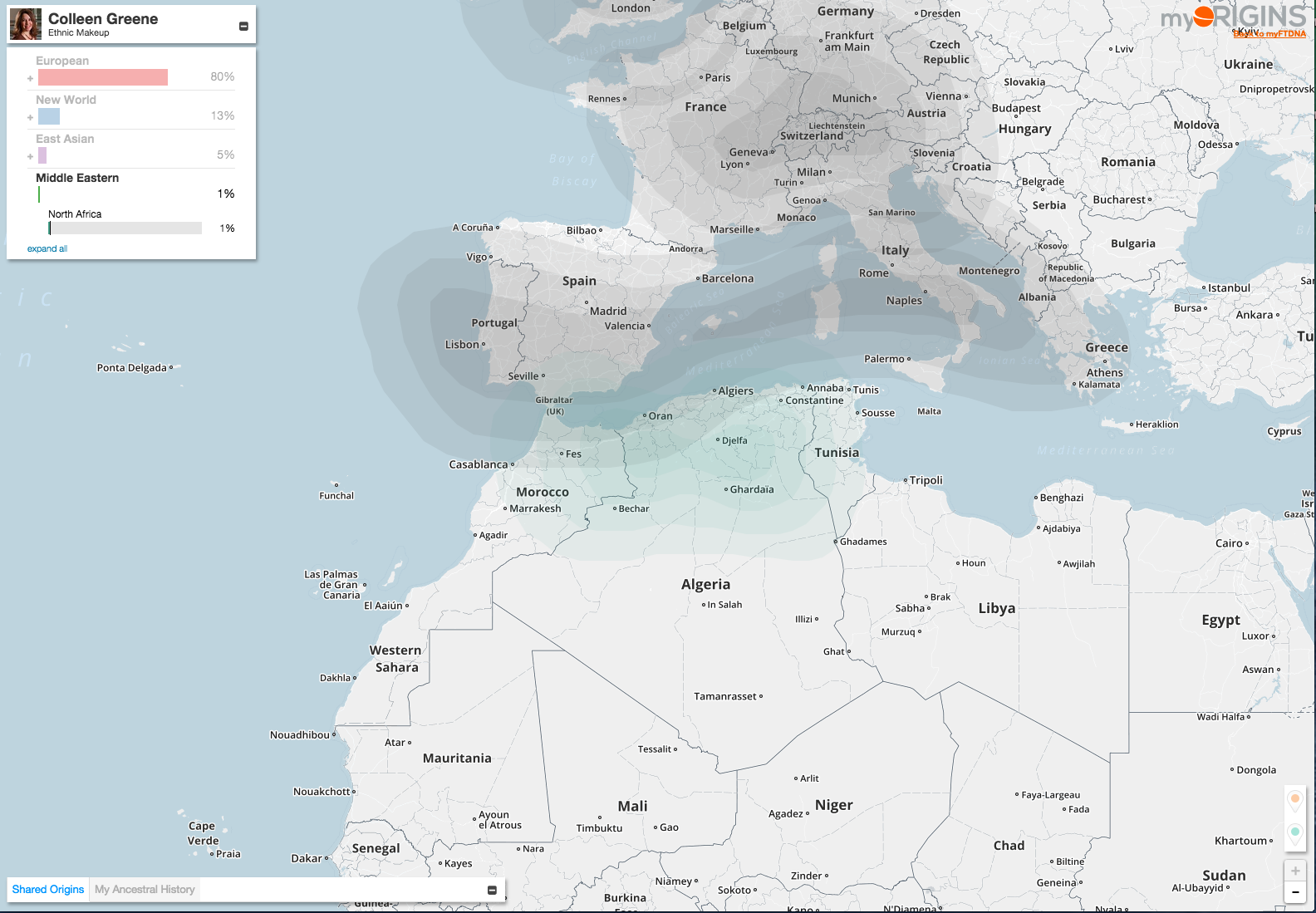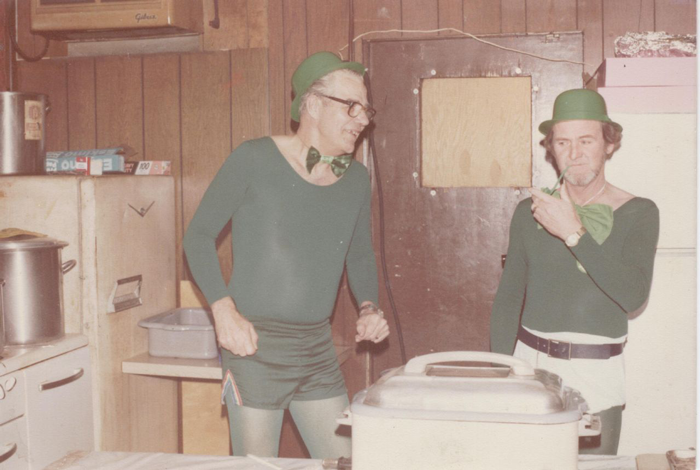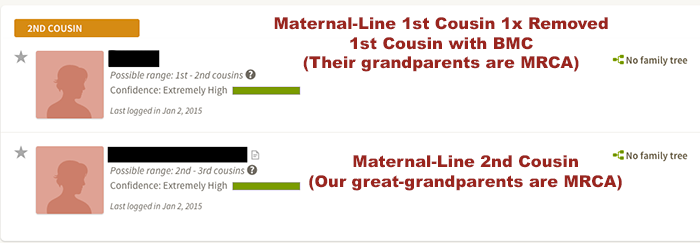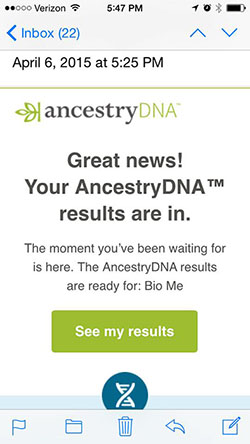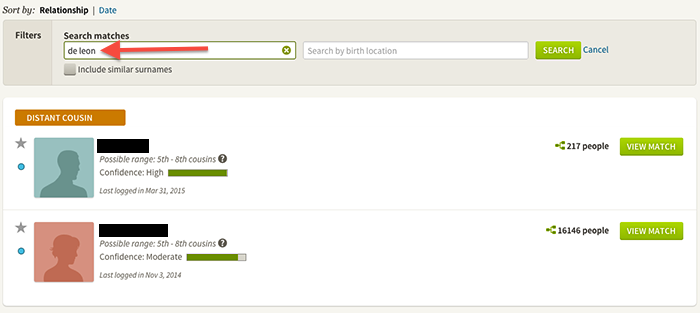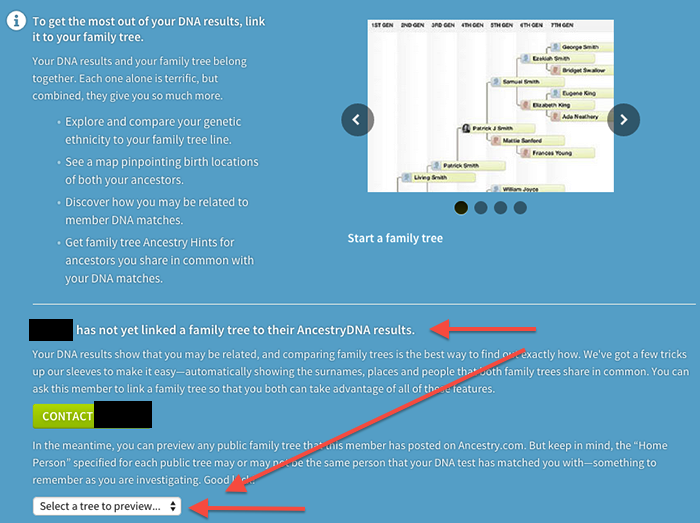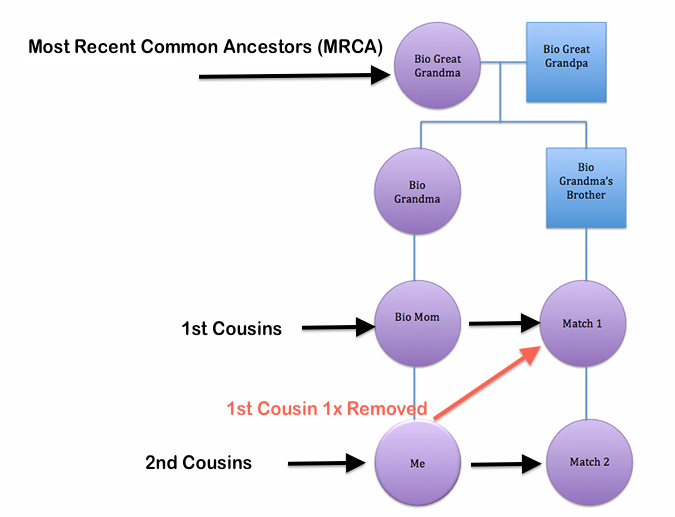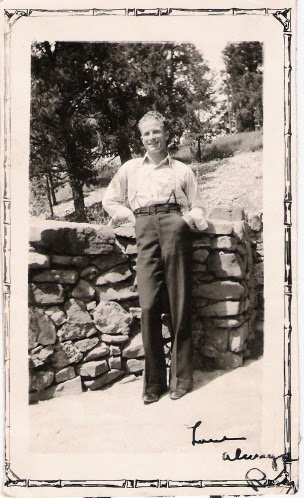 My 28th entry in Amy Johnson Crow’s “52 Ancestors in 52 Weeks” family history blogging challenge for 2015.
My 28th entry in Amy Johnson Crow’s “52 Ancestors in 52 Weeks” family history blogging challenge for 2015.
The challenge: have one blog post each week devoted to a specific ancestor. It could be a story, a biography, a photograph, an outline of a research problem — anything that focuses on one ancestor.
Amy’s 2015 version of this challenge focuses on a different theme each week.
The theme for week 28 is – Road Trip: Any epic “road trips” in your family tree? Which ancestor do you want to take a road trip to go research?
I am still quite behind on this blog challenge due to a very busy summer school class.
My 28th ancestor is husband Jeff’s grandfather Roy Delmar Pace (1913-2000).
Roy is allegedly the 3rd great-grandson of William Pace (1745-1815), the Pace who served in General George Washington’s elite bodyguard unit–the Commander in Chief’s Guard–during the Revolutionary War.
I say allegedly, because as I have noted previously in my blog posts about CnC Guard William Pace, I have not done much research myself on this line. Once I learned about the commonly misidentified claim that CnC Guard William Pace was descended from Richard Pace of Jamestown, which has been refuted by DNA evidence, I held off on researching my husband’s Pace line until we received confirmation via his cousin’s Y-DNA test as to which of these two Pace lines our family belongs. Last month we finally received that confirmation–my husband’s family is descended from the same family line as William Pace. They are genetically related; the DNA test provides evidence of that. I do not, however, have evidence that my husband and his grandfather Roy Delmar Pace are directly descended from the CnC Guard–this claim is not yet proven.
Hence, this post.
Embarking on the Pace GPS Journey
With my successful completion of the grueling Boston University certificate program in genealogical research two weeks ago, it is time for me to begin original research on my husband’s Pace lineage. Now that I am armed with my newfound Jedi Knight confidence in wielding the Genealogical Proof Standard (GPS) to execute a reasonably exhaustive search for all necessary record sources, to properly analyze all information items gleaned from those sources, to combat conflicting evidence, to keep at bay unsourced claims made by other researchers, and to victoriously prove or disprove our family’s descent from George Washington’s bodyguard.
It will be a long hard journey.
But the Force is strong in this genealogist.
GPS Journey Waypoint One: Roy D. Pace
This is the first step of that journey…proving the parentage of my husband’s maternal grandfather, Roy Pace. More specifically, proving the identity of Roy’s father, since for lineage purposes, only his paternal Pace ancestors matter.
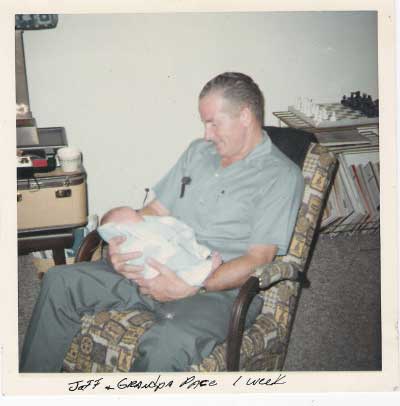
Initial Research Question
Establishing grandfather Roy’s paternal Pace ancestry begs the initial research question…who were the parents of Roy D. Pace, father of Betty Pace (deceased) and grandfather to my husband Jeff Greene?
As of yet, I have no birth record for grandfather Roy Pace. I need that birth record, or else I have to demonstrate a reasonably exhaustive search for that record. Because that birth record–hopefully, the original, and not just a derivative index entry or transcription–will provide the strongest-weighing direct primary evidence of Roy’s parentage, the names of his mother and father. Jeff’s father does not have a copy in Betty’s old paperwork, and Roy’s living daughter does not have a copy either.
Nor have I located a birth record for Roy D. Pace in the “Texas, Birth Certificates, 1903-1932” database on Ancestry, the “Texas, Birth Certificates, 1903-1935” database on FamilySearch, or the “Texas Birth Index, 1903-1997” database on Ancestry and FamilySearch.
[contentblock id=58 img=html.png]
Baseline Information
An account of what I first learned about Roy D. Pace, shortly after Jeff and I married in 2009.
Jeff did not know anything about his grandfather’s life prior to moving to California, initially living in the Los Angeles area before moving up to Kern County in the Central Valley. My husband assumed his “redneck” Grandpa Pace was Okie (he was not). Jeff did not know the names of Roy’s parents, or when and where Roy was born. He did know the name of Roy’s youngest sibling (his Mom’s uncle, who was close to Betty’s age and more like a cousin to her), and Jeff’s first cousin knew the names of some additional siblings. Jeff also knew where Grandpa Pace died and was buried, as Jeff attended the funeral.
Initial Sources
An Old Family Photo
After we married, I reviewed a DVD full of old family photos scanned and provided by Jeff’s dad. I came across a photo file that my father-in-law named “Roys father Andrew Jackson Pace is top right – 1898” and another file named “Roys family-back of photo w labels reversed”.1 This appeared to be a photo of grandfather Roy Pace’s father and his father’s family, with names identified on the back of the photo! The notes on the back of the photo also provide a birth year and death year for Roy’s father Andrew Jackson Pace (1874-1961), already identified by name in the binary photo file name itself; the name, birth year, and death year for Roy’s father’s wife (Laura Mae Fields, 1895-1932); and the birth year for grandfather Roy D. Pace (1913).
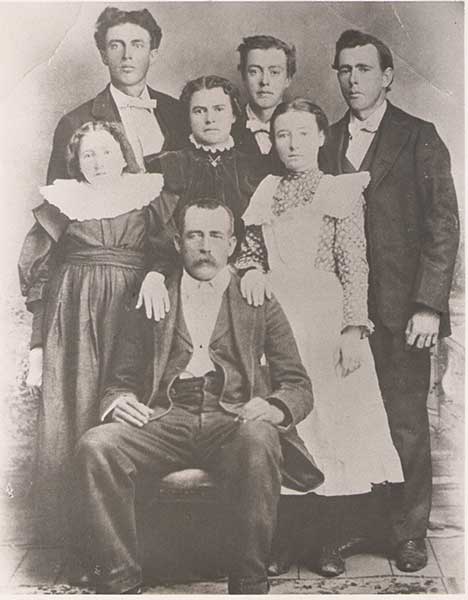
Photo taken approximately 1898.2
Online Family Trees
The sibling names provided by Jeff and his first cousin, as well as the scanned family photo, allowed me to start building an Ancestry tree for Roy Pace. This in turn led me to trees built by some of Jeff’s mother’s first cousins, providing family locations in Texas and Alabama, and containing the same names from the old family photo.
Social Security Death Index
Although death records would only provide secondary information about Roy’s birth and the names of his parents, they can still yield forth direct evidence and valuable clues for locating sources that might provide primary information about these events.
The Social Security Death Index indicates that Roy D. Pace was born 19 October 1913, the same birth year noted on that back of that old family photo.3 But SSDI entries do not identify names of parents. Unfortunately, I do not find Roy Pace on the newer “U.S., Social Security Applications and Claims Index, 1936-2007,” which does identify names of parents. So I need to send off for a copy of Roy’s original application.
Having died in 2000, Roy Pace’s death is too late to appear in the “California Death Index (1940-1997).” Neither Roy’s living daughter nor Jeff’s father (Roy’s son-in-law) have a copy of Roy’s Kern County death certificate, so I need to request a copy of the original death record from Kern County.
The 1930 U.S. Census
This is the earliest record I find for grandfather Roy D. Pace. Roy was enumerated on 14 April 1930, living with his parents and the seven younger siblings who were born by this time.4
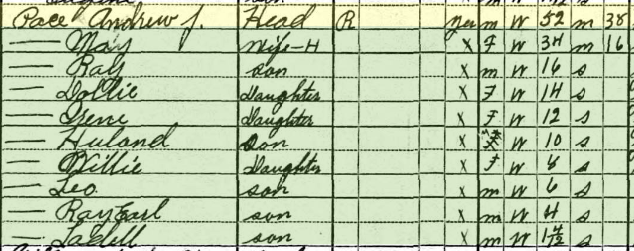
- Roy Pace (written as Ray) was 16 years old (born about 1914), single, attending school, and able to read and write. He is noted as born in Texas, with a father born in Alabama, and a mother born in Texas. Roy is identified as the son of the head of household.
- Andrew J. Pace is identified as the head of household (Roy’s father). He was age 52 (born about 1878), married, first married at age 38, and able to read and write. Andrew is noted as born in Alabama, with both parents born there as well. He worked as a farmer, on a general farm, and is not identified as a military veteran.
- May Pace is identified as the wife of Andrew–not necessarily the mother of Roy or the other children. She was 34 (born about 1896), married, first married at age 16, and able to read and write. May is noted as born in Texas (just like Roy and his mother), with a father born in Georgia, and a mother born in Texas.
- Dollie Pace is the second oldest child of Andrew J. Pace. She is identified as 14 years old (born about 1916), single, attending school, and able to read and write. Dollie is noted as born in Texas, with a father born in Alabama, and a mother born in Texas.
- Irene Pace is the second daughter of Andrew J. Pace. She is identified as 12 years old (born about 1918), single, attending school, and able to read and write. Irene is noted as born in Texas, with a father born in Alabama, and a mother born in Texas.
- Huland Pace is the second son of Andrew J. Pace. He is identified as 10 years old (born about 1920), single, attending school, and able to read and write. Huland is noted as born in Texas, with a father born in Alabama, and a mother born in Texas.
- Willie [or Billie] Pace is the third daughter of Andrew J. Pace. She is identified as 8 years old (born about 1922), and not attending school. Willie is noted as born in Texas, with a father born in Alabama, and a mother born in Texas.
- Leo Pace is the third son of Andrew J. Pace. He is identified as 6 years old (born about 1924), and not attending school. Leo is noted as born in Texas, with a father born in Alabama, and a mother born in Texas.
- Ray Earl Pace is the fourth son of Andrew J. Pace. He is identified as 4 years old (born about 1926), and not attending school. Ray Earl is noted as born in Texas, with a father born in Alabama, and a mother born in Texas.
- Ladell Pace is the fifth son of Andrew J. Pace. He is identified as 1 year and 4 months old (born at the end of 1928 or beginning of 1929). Ladell is noted as born in Texas, with a father born in Alabama, and a mother born in Texas.
I have not yet been able to locate the family on the 1920 U.S. census.
Analyzing the Evidence
Census Marriage Ages Don’t Jive
It is interesting to note the two sets of ages recorded for Andrew Pace and his wife May on the 1930 U.S. census.2 At 52 years old and 34 years old respectively, Andrew and May were 18 years apart in age at the time of the census. Yet it was reported that Andrew was 38 years old at the time of his first marriage; this would have been 14 years prior, about 1916. May is reported as having been 16 at the time of her first marriage; this would have been 18 years prior, about 1912–not 1916, the estimated year of her husband’s first marriage.
Unless these first marriage ages were misreported or written down wrong, this census record indicates that May had been married to someone else before marrying Andrew J. Pace.
Roy’s Birth Year Doesn’t Jive
If the ages noted in the census are correct for Andrew and May’s first marriages, this means–according to what is reported for Andrew–that May and Andrew married around 1916. Yet Grandfather Roy was reportedly born in 1913, three years prior to his parents’ estimated marriage year. Was Roy simply conceived and born prior to his parents getting married? Or might Roy have been born to a different father, possibly to May’s first husband?
Andrew’s oldest daughter Dollie, 14 years old, would have been born around the same year as his marriage to May. Second daughter Irene, born approximately 1918, appears to be the first child definitely born after parents Andrew and May married.
Next Steps
What comes next in my research plan?
Additional Records
The following records should provide clues or additional evidence to answer the research question about Grandfather Roy’s parentage.
- Locate the marriage record for Andrew Jackson Pace and wife May (Laura Mae Fields).
- Search for the marriage record for May and a possible first husband.
- Search for the birth record for a child born in 1913 to just May or to May and a first husband, which might turn out to be Grandfather Roy.
- Search for a birth record for Roy’s oldest sister Dollie, whose birth location might help narrow down my in-person search for Roy’s birth certificate.
- Obtain Grandfather Roy’s death certificate from Kern County, California.
- Obtain a copy of Roy’s social security application.
DNA Analysis
In the event the paper trail continues to shed doubt on Roy being the biological child of both Andrew Jackson Pace and Laura Mae Fields (and a full sibling to the other children), DNA may be able to settle this matter. I have tested two Paces, who our family believes descend from both Andrew Jackson Pace and Laura Mae Fields (the most recent common ancestors)–my husband and a male-line Pace cousin. Analyzing and comparing their autosomal DNA should help me determine if they both inherited DNA from Andrew Jackson Pace and Laura Mae Fields, or if my husband only inherited DNA from one of these common ancestors. Roy has a living daughter that I can test as well if needed.
Texas Road Trip
And now we finally get to the road trip theme for this post.
I am taking a trip to Texas next month, to walk across the Laredo foot bridge that crosses the Rio Grande and joins Laredo, Texas with Nuevo Laredo, Mexico. A walk with my dad, 100 years to the date from when his Mexican immigrant grandparents crossed that bridge (the version that stood in 1915) to start a new life in the United States.
That trip has morphed into at least ten days, visiting with a cousin of Mom’s, taking in the sights of San Antonio, and visiting Austin for some BBQ and the Texas State Genealogical Society’s annual conference. My husband Jeff is flying out for a few days of that ten day road trip.
I hope I can at least identify Grandpa Pace’s place of birth prior to then, so that Jeff and I can visit that area. But if I have not yet been able to identify that locality, or confidently identify the names of Roy’s parents, then some local in-person research time may need to be factored into this road trip as well–whether at the state archives in Austin, or at a local county records center.
